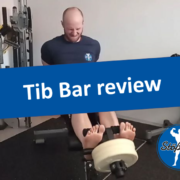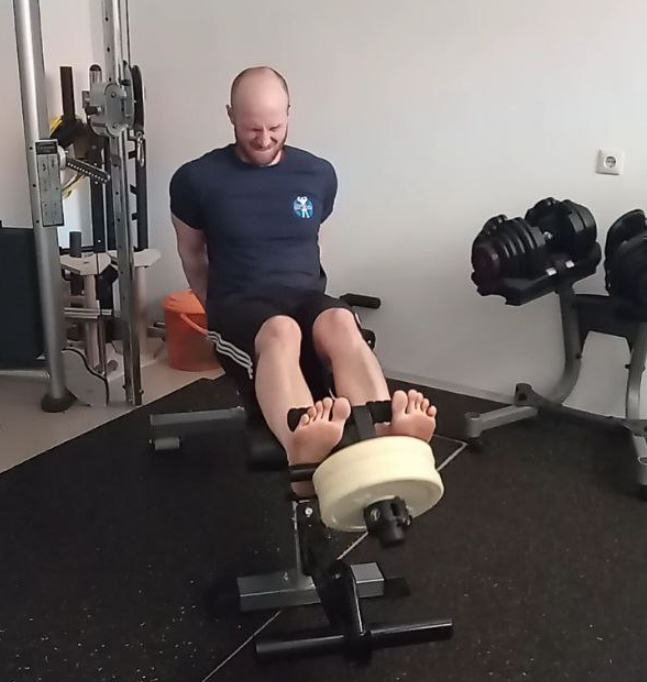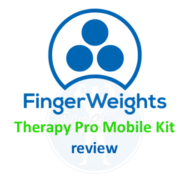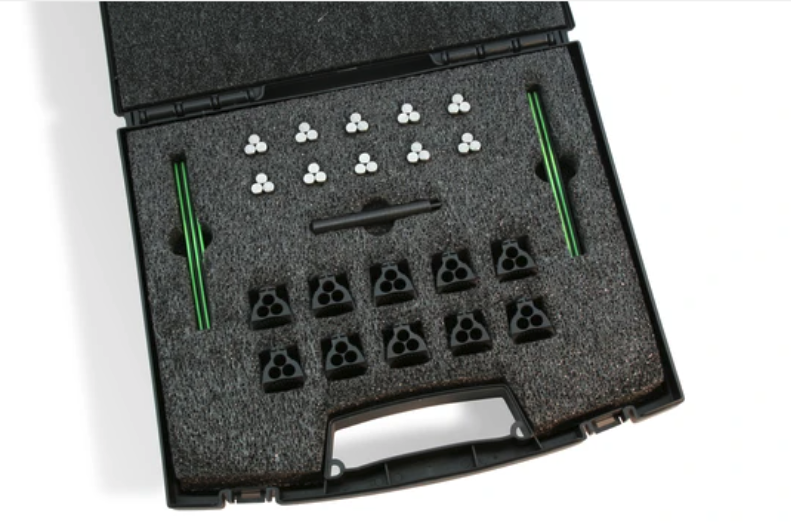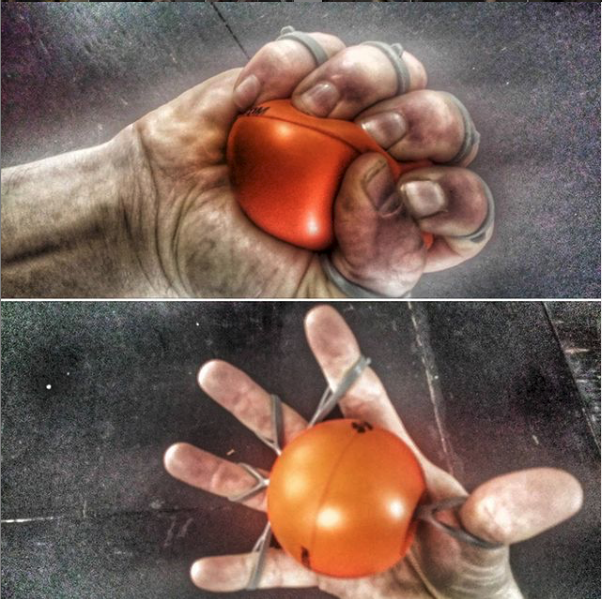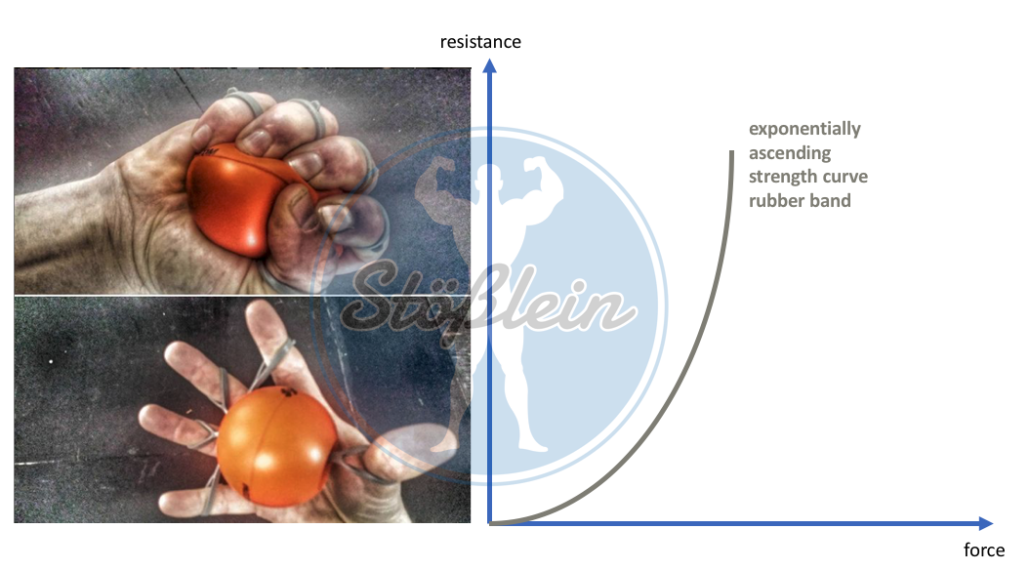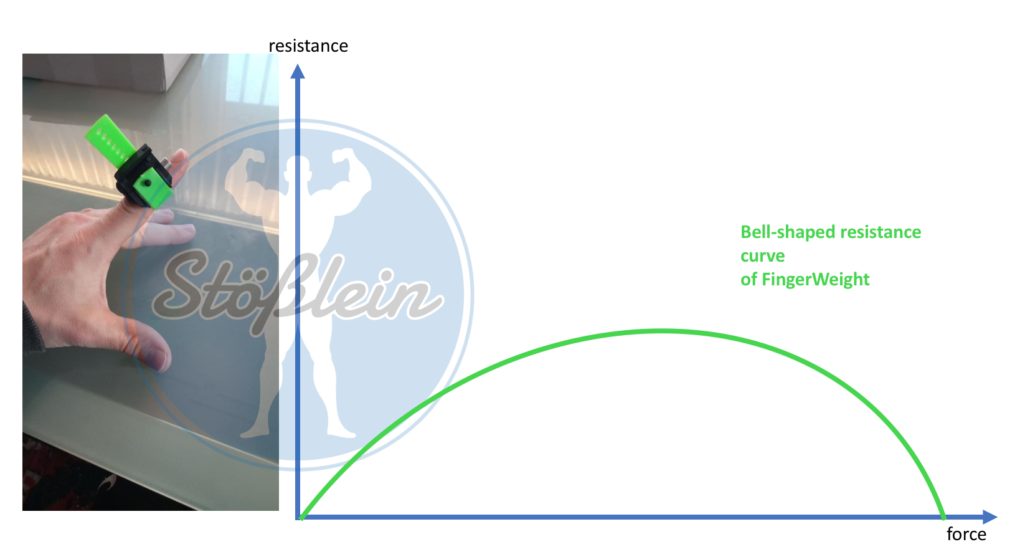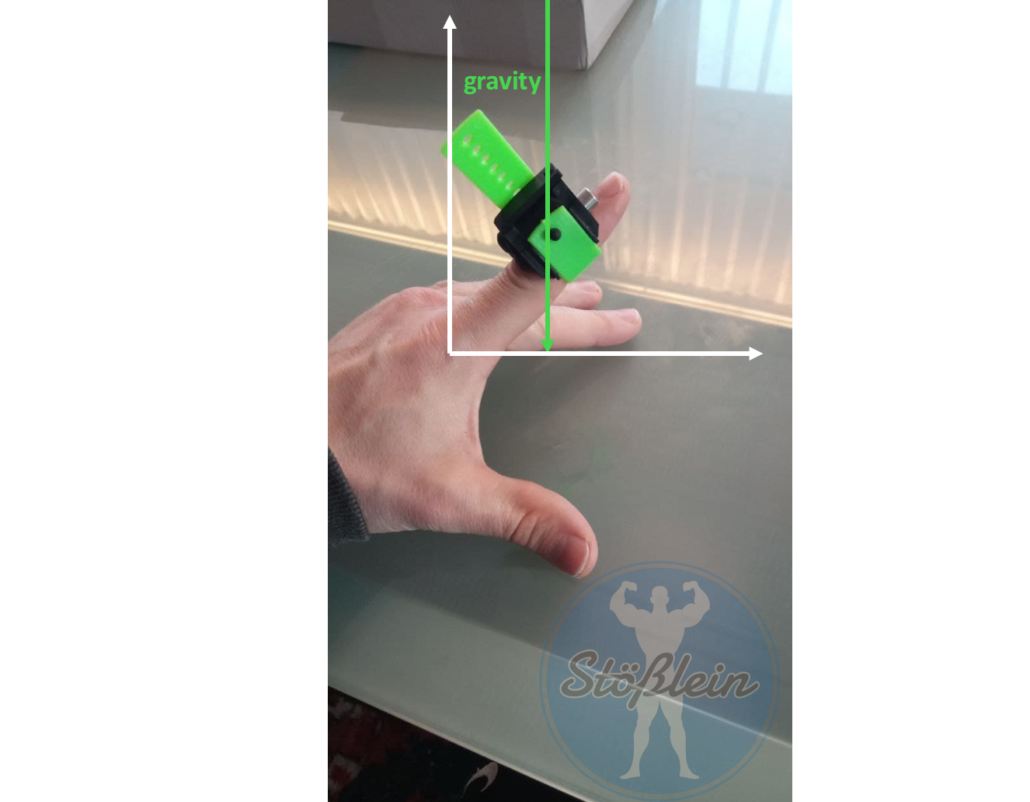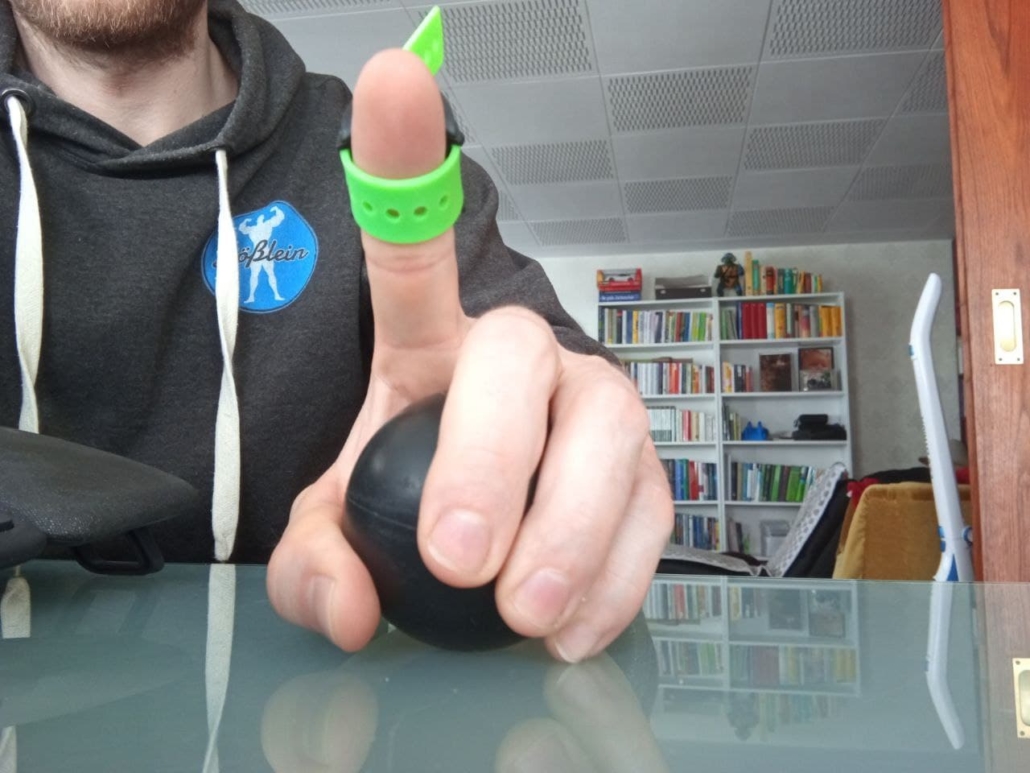The Tib Trainer manufactures an easy to use Tib Bar for working out your tibialis anterior muscles. Compared to conventional tibialis-machines, it comes at a very reasonable price. This Tib Bar is very solid and sturdy built, made from metal! It is super lightweight (about 2,5 kg), portable and easy to store, even in the smallest home gym! In this article you will learn why tibialis anterior training is of utmost importance, in regards of concepts called “Structural Balance”, “Anatomy Trains”, for your ankle joints, knees and overall sports performance by using a Tib Bar by “ The Tib Trainer”.
Tibialis anterior – what it is and what it does
Before we can realize why the tibialis anterior needs special recognition for structural balance we have to look at where it is localized in the body and what it does.
“The tibialis anterior muscle is a muscle in humans that originates along the upper two-thirds of the lateral (outside) surface of the tibia and inserts into the medial cuneiform and first metatarsal bones of the foot. It acts to dorsiflex and invert the foot. This muscle is mostly located near the shin. It is situated on the lateral side of the tibia; it is thick and fleshy above, tendinous below. The tibialis anterior overlaps the anterior tibial vessels and deep peroneal nerve in the upper part of the leg.” (Wikipedia, 2021).
Because medical terms tend to be sometimes a bit confusing, I’d like to explain what you can find in the quote above, that’s not already explained.
The word tibia derives from Latin, meaning pipe, flute or shin (Becher et al., 1995). The term cuneiform is Latin as well, and translates into “having the shape of a wedge”, due to cuneus = wedge (Becher et al., 1995).
Meta/tarsal is made up of two terms, the Greek prefix meta = after(wards), subsequent, between; and Greek tarsus = “braided device for dehydration and drying” and “a designation for various flat structures” (Becher et al., 1995). Therefore Meta/tarsus = the “middle foot”.
Functional anatomy is always important to see the bigger picture (structural balance) and why it is important to train a certain muscle, rather than just doing something without knowing why.
Moreover, you should not look at the world “through a straw”. So to speak, you cannot look at the tibialis anterior isolated but you’ll have to develop an understanding of how it interacts with other muscles in the lower leg.
According to Tom Myers, the inventor of “Anatomy Trains”, the tibialis anterior is part of, what he calls, the “spiral line”, respectively the “jump rope” of the leg.
Myers writes:
“There is a long fascial loop that connects the front of the pelvis to the back of the pelvis via the arch of the foot. This line start out from the anterior superior iliac spine with the tensor fasciae latae, which feeds into iliotibial tract, which is connected fascially and very strongly to the tibialis anterior. The tibialis runs down to the weakest point of the arch – the first metatarsal-cuneiform joint, where it is always shown attaching. However, we were able to dissect a clear and strong attachement to the peroneus longus tendon that comes at the joint from the lateral side. Thus this “jump rope”continues its connection upt the outside of the calf to the fibular head, and right on into the lateral hamstring, the biceps femoris. Again, this is a strong and distinct connection; nothing wimpy about it. This of course, brings us to back of the pelvis at the ischial tuberosity.” (Myers, 2012).
You can have a look at this “jump rope” by looking at “Anatomy Trains – Early Dissective Evidence”.
Content is nothing without context! According to that, understanding the importance of the tibialis anterior we must also think according to the concept of “structural balance”.
Structural Balance is a concept/term that was coined by my strength coach mentor, Charles R. Poliquin (R.I.P.), aka “Strength Sensei”, back in the early 1990s.
Charles figured out, that when the muscles are all in proper balance with each other, his athletes made much faster progress in the weight room and were less likely prone to injuries.
In a nutshell: Charles approach was first to identify the “weakest link in the chain”, then strengthening it, to achieve optimal developed/strengthened muscles for optimal sport specific performance.
Please keep in mind that this is a simplified summary of what structural balance is attended to be. Of course, you have to take further variables into this “equation”, like things that prevent muscles from working properly.
It’s not always only a lack of strength but rather a combination of improper strength, adhesions, trigger points, scars, and many other things, like “Emotional Anatomy” (embodied feelings, a term coined by Stanley Keleman).
Nevertheless, to keep a long and rather complicated anatomically story short, the tibialis anterior is one of the most neglected muscles, not only among professional athletes.
The Tib Trainer – How to use the Tib Bar
OK, now that you have a little background of why it is important to properly train your tibialis anterior, let’s go into practice and see how it’s done, using the Tib Bar by “The Tib Trainer”.
Using a the TibBar is easy as A, B, C.
It is made in the UK, using locally sourced, laser cut, steel. After welding the bars are enameled to finish. Weighing just 2.5kg, it is perfect for any home- or commercial-gym.
It provides a specialty, custom made, 48mm collar (with rubber coating inside) to ensure the weights fit perfectly secure without the use of pins or shims. Due to that, the attached weight plates won’t chatter during training, which would be super annoying.
So, you simply attach the weight of your desire and secure it with the aforementioned collar. Now, you’re ready to go. For a comfortable training I’d recommend to place the heels of a regular gym bench. This will allow free range of motion for your feet, respectively in the ankle joint.
If the bench isn’t soft enough and you feel your Achilles tendon to be compressed too much, you might want to place a towel between your lower legs and the bench to increase comfort.
Of course you can play around with various angles of the bench and/or your knees, keeping them bent or straight. To narrow it down, changes of doing something wrong in this exercise are almost zero. Except you don’t do this exercise at all!
Basically, tibialis anterior training is a simple curling movement, so don’t overthink it.
Tib Bar against shin splints and Co.?
Speaking from my expertise as Strength-Coach and “Heilpraktiker” (Complementary and Alternative Medicine Practitioner) I often see professional and hobby-athletes in my practice complaining about shin splints.
For those of you who are not familiar with this issue here’s a brief explanation:
“A shin splint, also known as medial tibial hematoma, is pain along the inside edge of the shinbone (tibia) due to inflammation of tissue in the area. Generally this is between the middle of the lower leg and the ankle. The pain may be dull or sharp, and is generally brought on by high-impact exercise that overloads the tibia. It generally resolves during periods of rest. Complications may include stress fractures.” (Wikipedia, 2021).
End of free preview. If you want to read the whole article (2500 words in total), you can do so at: https://www.buymeacoffee.com/berndstoesslein/the-tib-trainer-review If you like my article you can support my work by becoming a supporter: www.buymeacoffee.com(berndstoesslein or a member. This helps me a lot, for creating future quality content. Thank you in advance. I wish you an energetic day!
Best,
Bernd Stoesslein
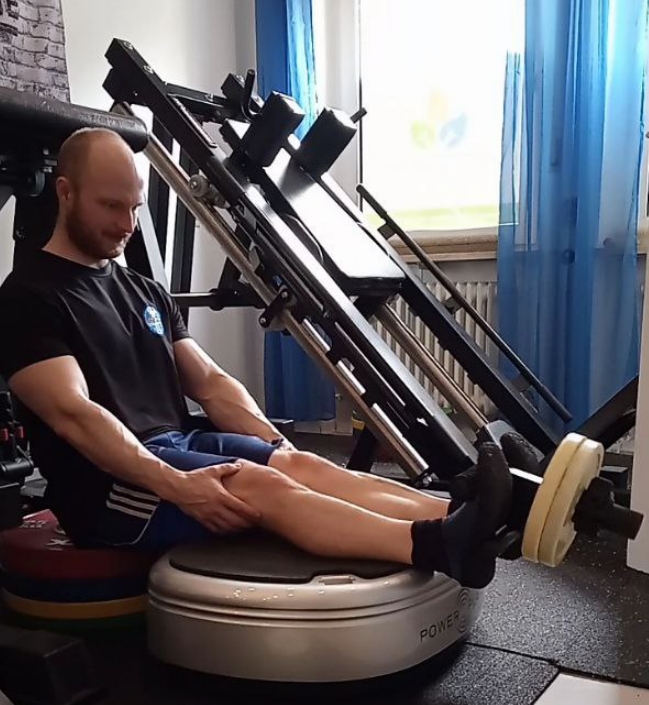
If you like to book an online consulting with me to learn more about strength and conditioning, nutrition, brain coaching, supplements etc. please feel free to send me an E-Mail to:
© HP Bernd Stößlein, Master of Business Administration in Sportmanagement.
If you liked this article please share it with your friends, subscribe to the newsletter and the blog.
If you like to book a professional treatment as a patient of my “Heilpraktiker” (Complementary and alternative medicine practitioner) patient in Germany, please contact me:
info@heilpraktiker-stoesslein.de
Pictures:
Tibialis anterior muscle, modified by Uwe Gille – Gray437.png, source: https://de.wikipedia.org/wiki/Musculus_tibialis_anterior#/media/Datei:Tibialis_anterior_2.png, access from 21.9.21.
Literature
Tibialis anterior muscle, source: https://en.wikipedia.org/wiki/Tibialis_anterior_muscle, access from 8.9.21.
Lateinisch-griechischer Wortschatz in der Medizin, S. 64.
Lateinisch-griechischer Wortschatz in der Medizin, S. 135.
Lateinisch-griechischer Wortschatz in der Medizin, S. 220.
Lateinisch-griechischer Wortschatz in der Medizin, S. 227.
Anatomy Trains – Early Dissective Evidence, source: https://www.anatomytrains.com/wp-content/uploads/2012/07/dissection.pdf, access from 8.9.21.
Shin splints, source: https://en.wikipedia.org/wiki/Shin_splints, access from 8.9.21.
Tip: Tibialis Anterior Raise, source: https://www.t-nation.com/training/tip-tibialis-anterior-raise/, access: 8.9.21.

